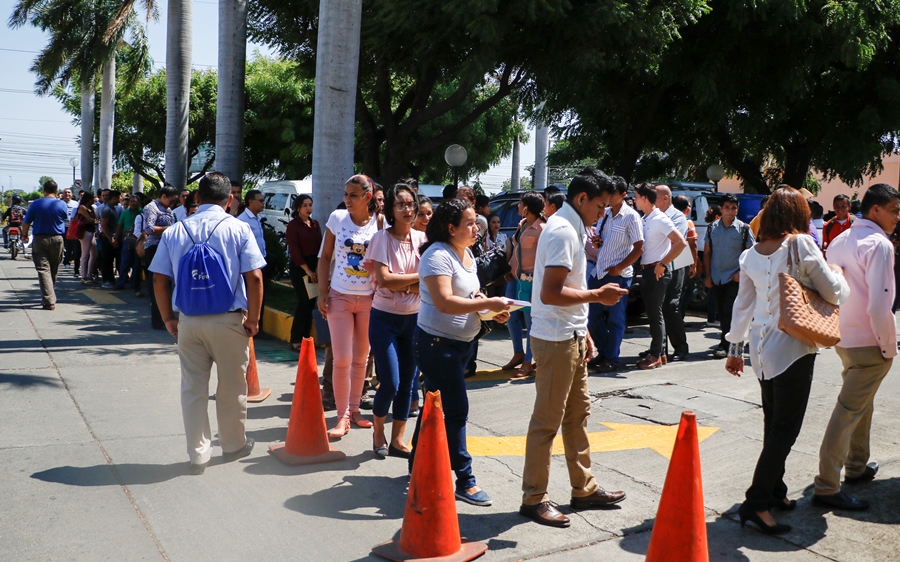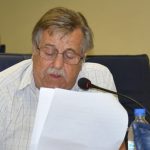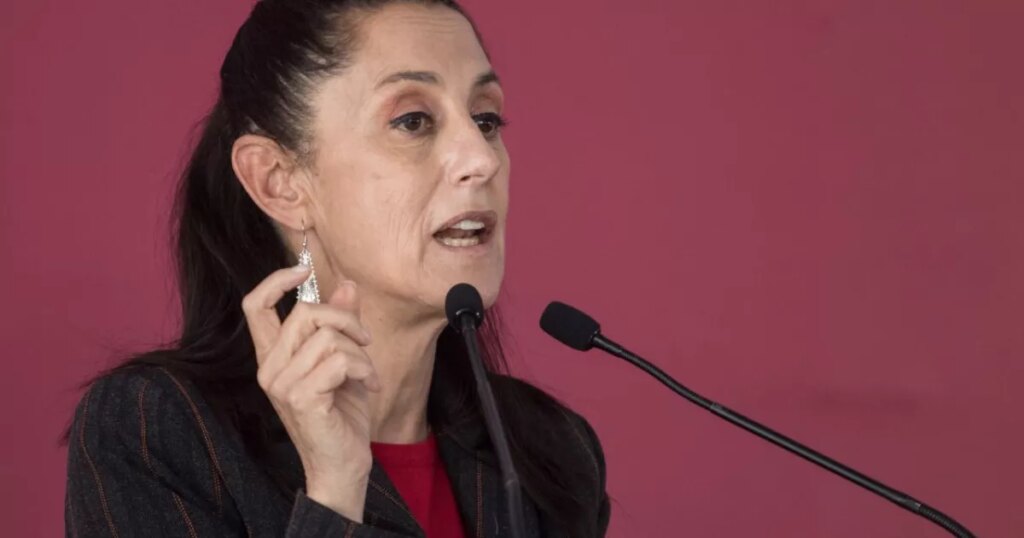haThe unemployment rate in Nicaragua closed in 2022 at 2.6%, according to figures from the Central Bank of Nicaragua (BCN), 0.9% lower than that of the previous year, which closed at 3.5%. Despite these figures that point to being positive, a large number of Nicaraguans continue to operate under informal employment.
«At the end of December 2022, the unemployment rate stood at 2.6%, 2.2 percentage points lower than that observed prior to the pandemic (first quarter of 2020). Underemployment fell to 38.3%. In other words, according to official data, the net occupancy rate in Nicaragua closed at 97.4%, 0.9% percentage points more than in December 2021 (96.5%),” said the president of the Nicaraguan Central Bank, Ovid Reyes.
Related news: BCN affirms that the Nicaraguan economy will grow by 3 or 4% in 2023
According to the Nicaraguan economist Néstor Avedaño, the economically active population (PEA) is a figure that has not been updated and is estimated at 53.8% of the total population of Nicaragua, estimated at 6.73 million inhabitants, according to data of the National Institute of Development Information (Inide). Based on these numbers, of the 3.62 million that make up the PEA, 3.52 million have a job or underemployment in Nicaragua, he explains in his personal blog.
The economist reports that 38.3% of the underemployed are people who work less than eight hours a day, as established by the Labor Code, or earn less than the legal minimum wage, which is prohibited by law.
According to official information, affiliation to the Nicaraguan Social Security Institute (INSS) increased by 13% of workers in 2022. “The formal employment rate stood at 24 percent of the employed population, increasing, while the underemployment rate dropped to 38.3 percent. On the side of affiliation to the Nicaraguan Institute of Social Security (INSS), the number of affiliates reached 783,384 in December 2022,” Reyes explained.
Informal employment continues to occupy an important space in the statistics, added to the increase in the basic food basket, which is now around C$18,845.78 córdobas, that is, US$518.17 dollars, exceeding the minimum wage.
At the beginning of his presentation, the President of the BCN stated that the economy continued to register a positive economic evolution, with growth in economic activity and employment. “We can safely state that the fundamentals of the economy have been preserved and, therefore, the continuity of the preceding economic prosperity has been consolidated, which was temporarily interrupted by internal and external disturbances such as the one generated by the COVID-19 pandemic. 19 and the impact of hurricanes,” said the official.
Likewise, the head of the BCN stated that “inflation in 2022 stood at 11.59 percent due to the fact that domestic prices continued to be pressured upwards by external factors. In the midst of a set of positive economic results at the domestic level, the country has had to face the global inflationary phenomenon, which has been transferred to national prices, causing national inflation to be mainly of an imported nature. The main economies of the world presented high prices in 2022 derived from the COVID-19 pandemic.
Official data are optimistic and affirm that Nicaragua is heading towards its third year of economic recovery and forecasting that, in the medium term, the economy will grow a minimum of 4% per year. In 2023, the Government foresees a growth of between 3% to 4% of its economy, with inflation of between 5% to 6%.
















